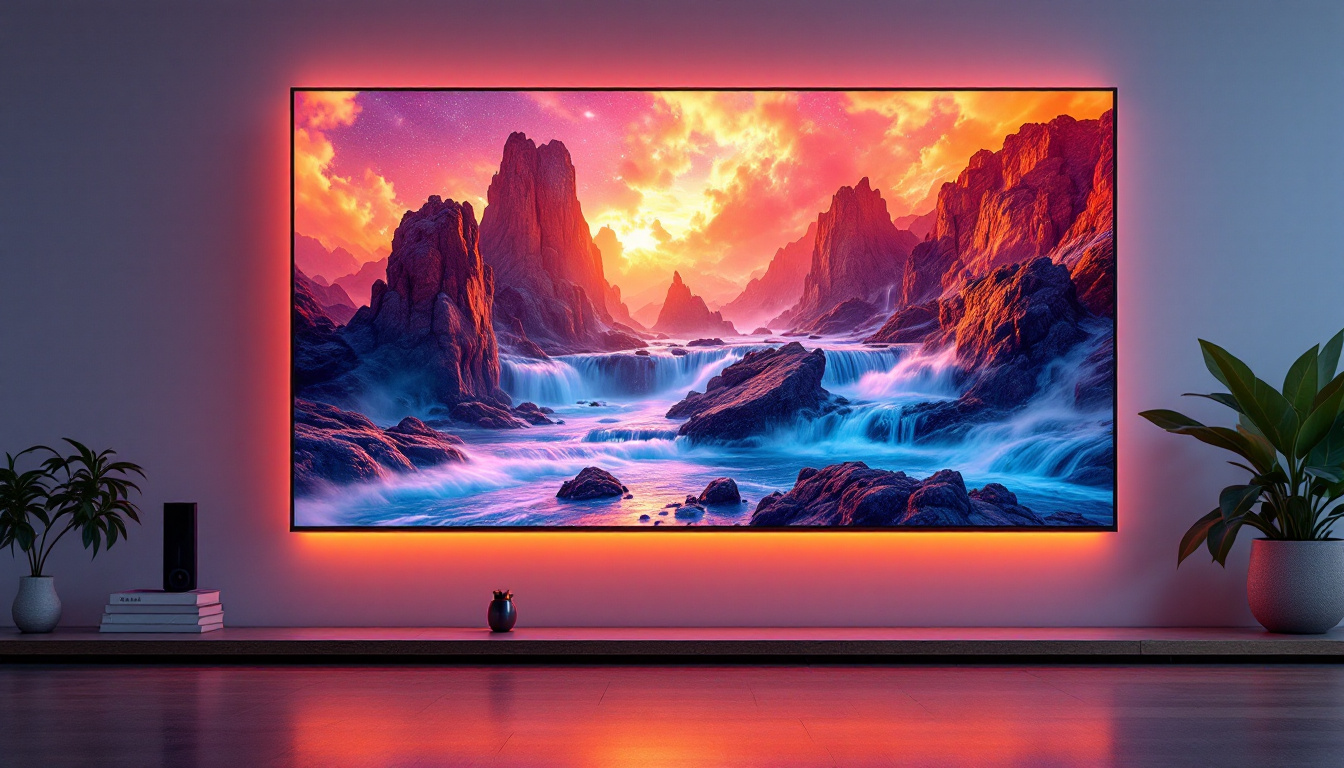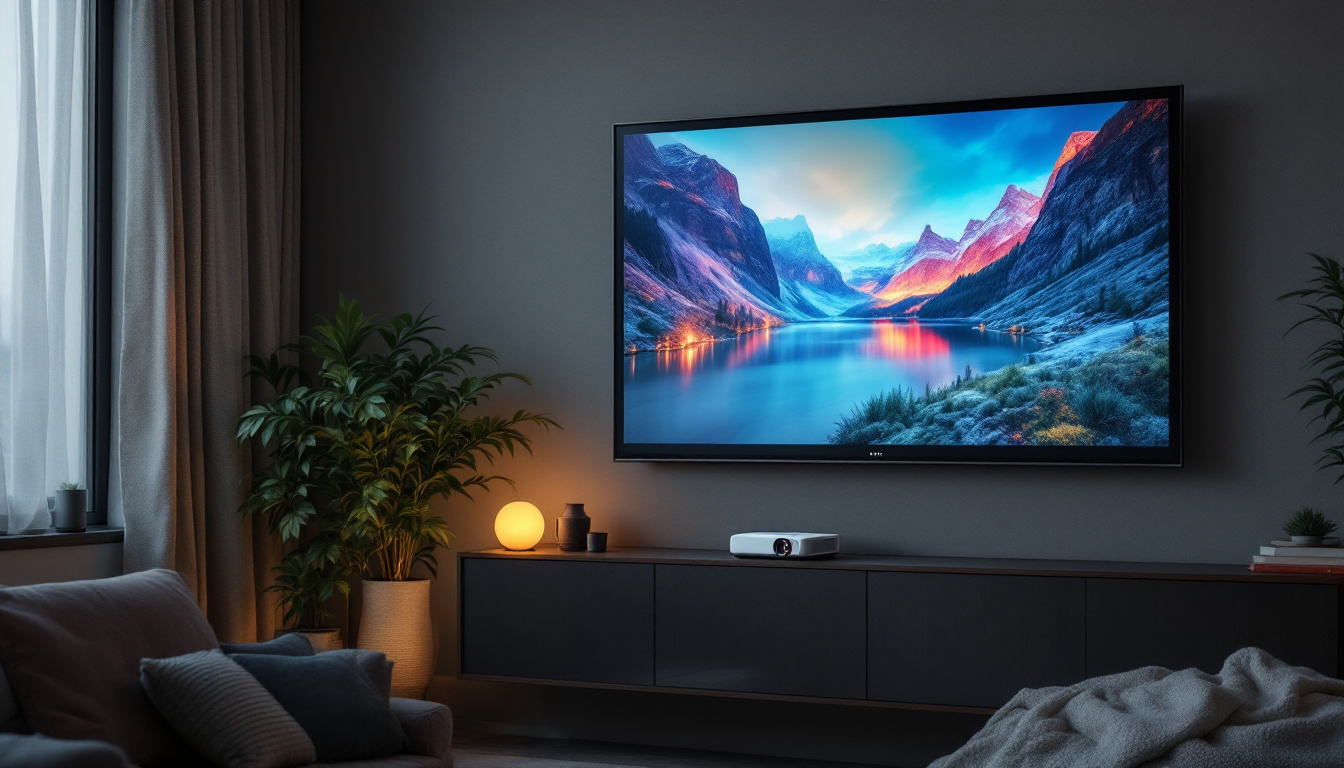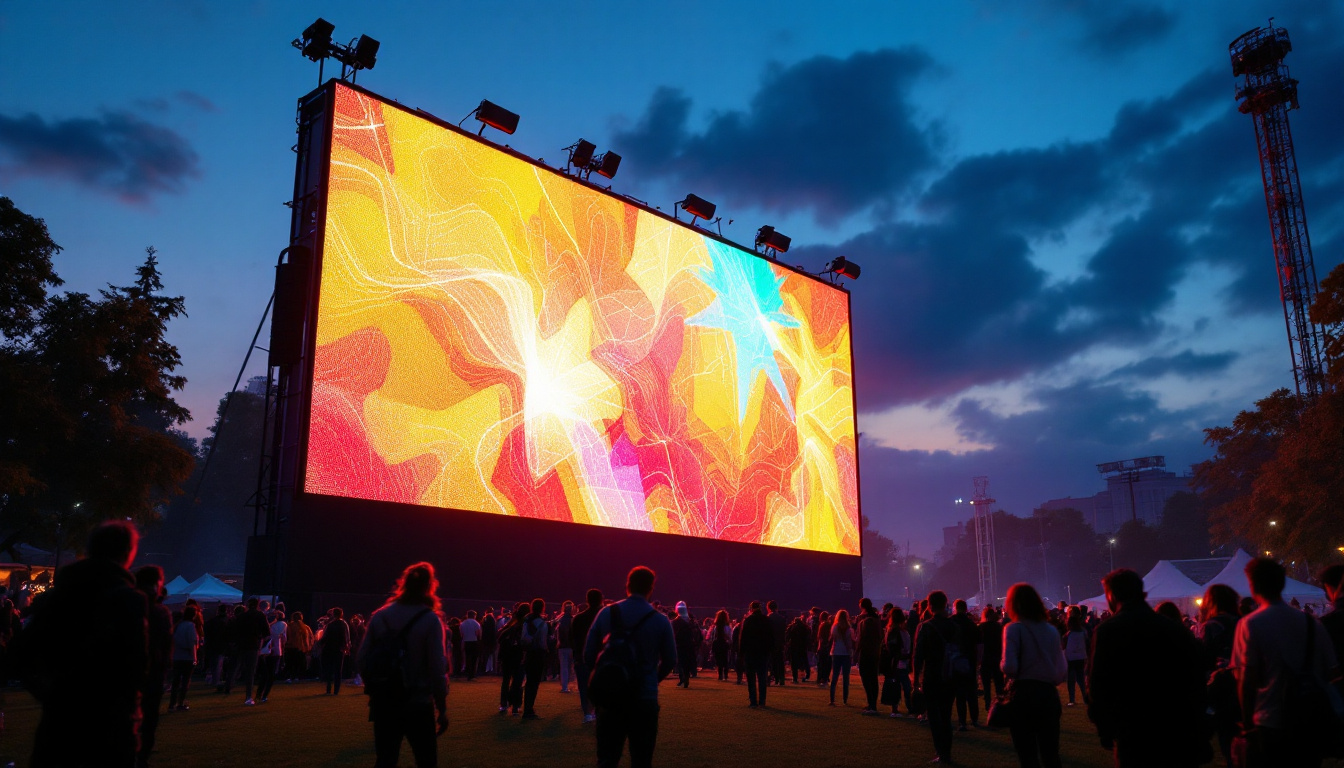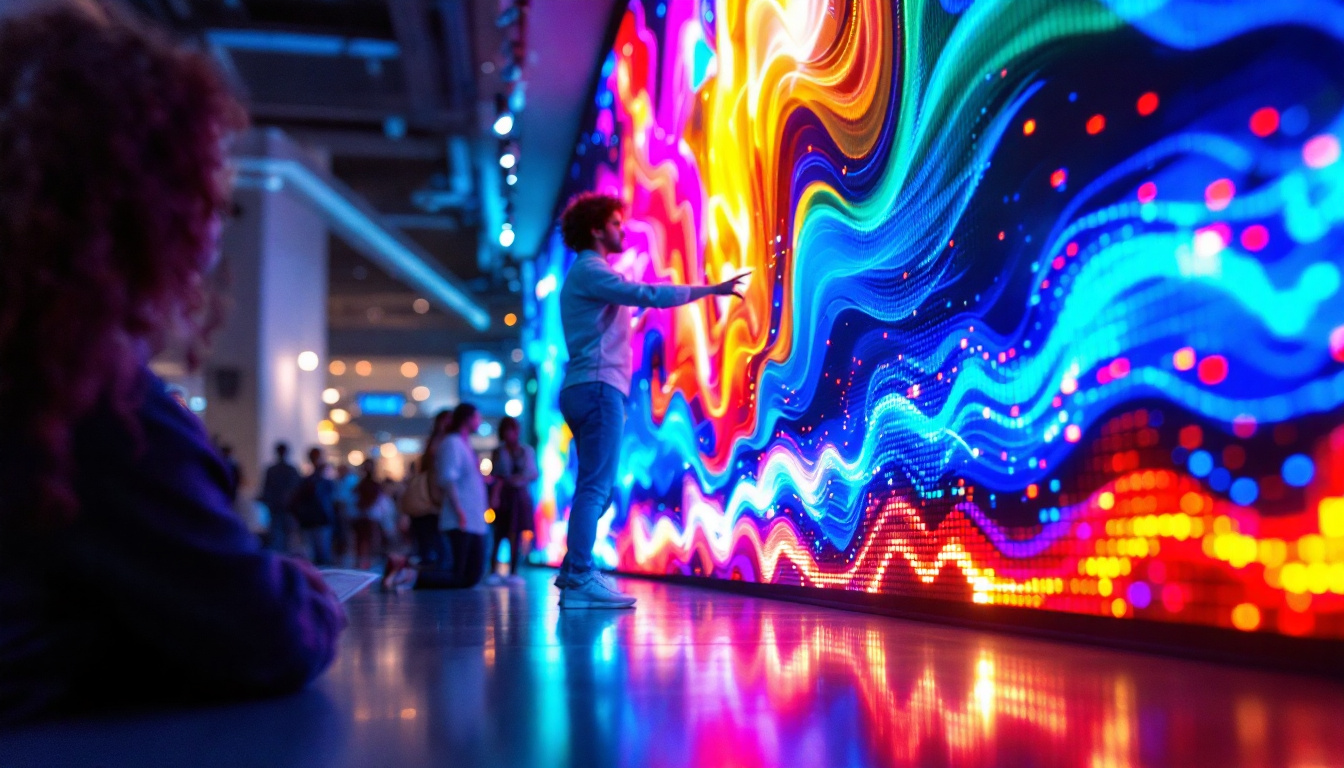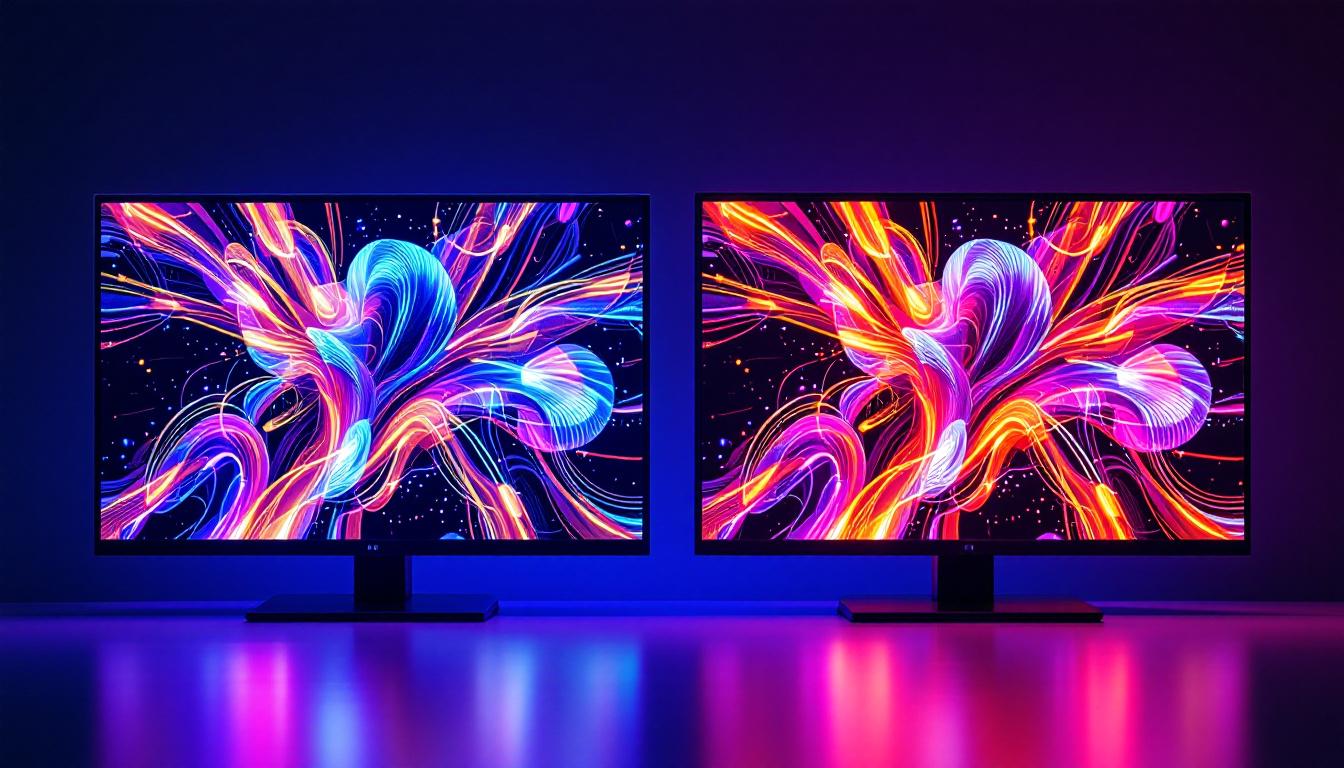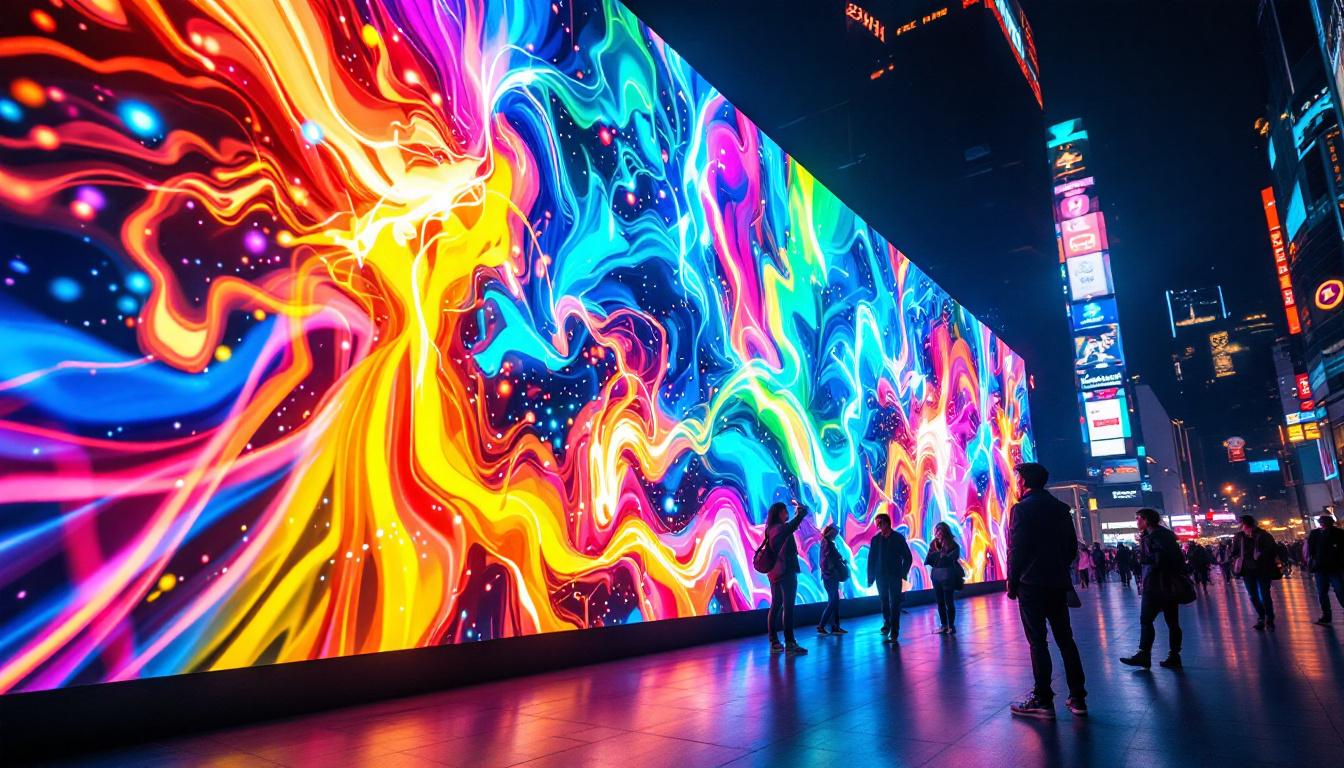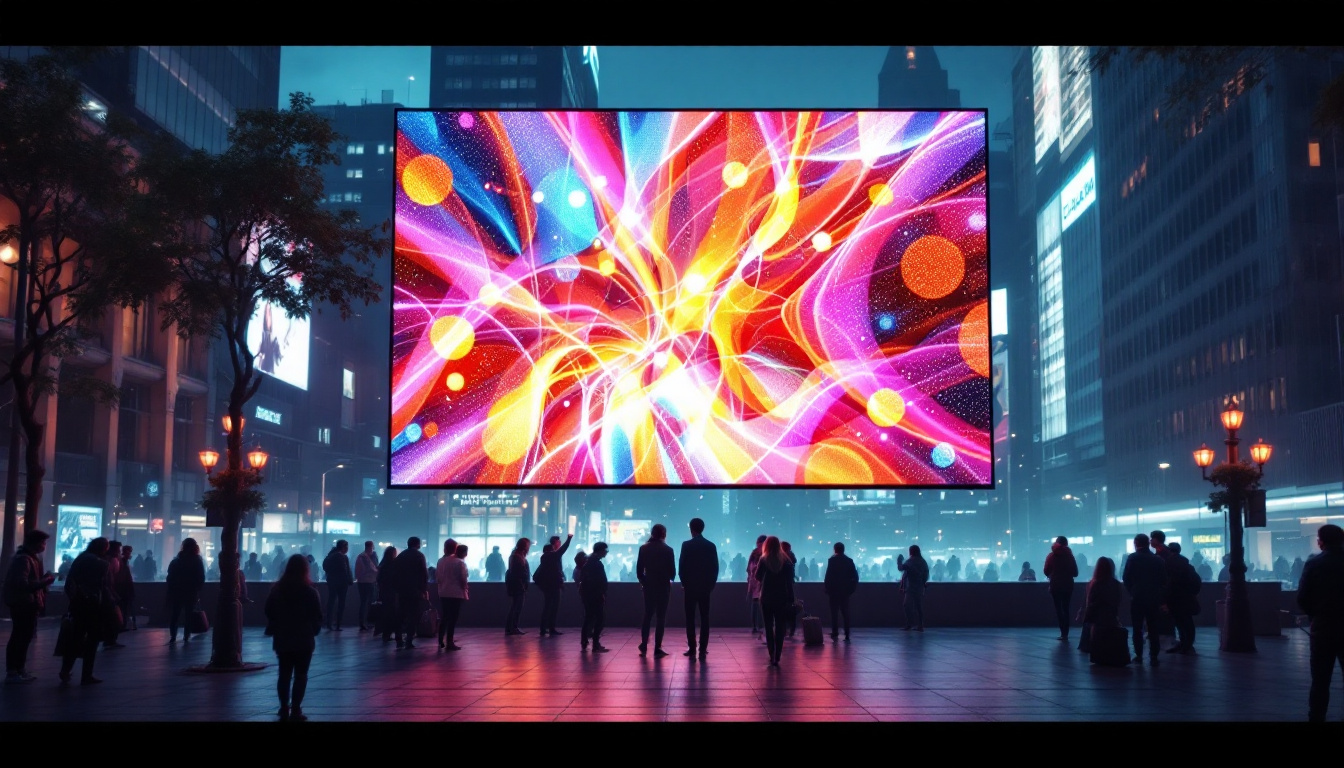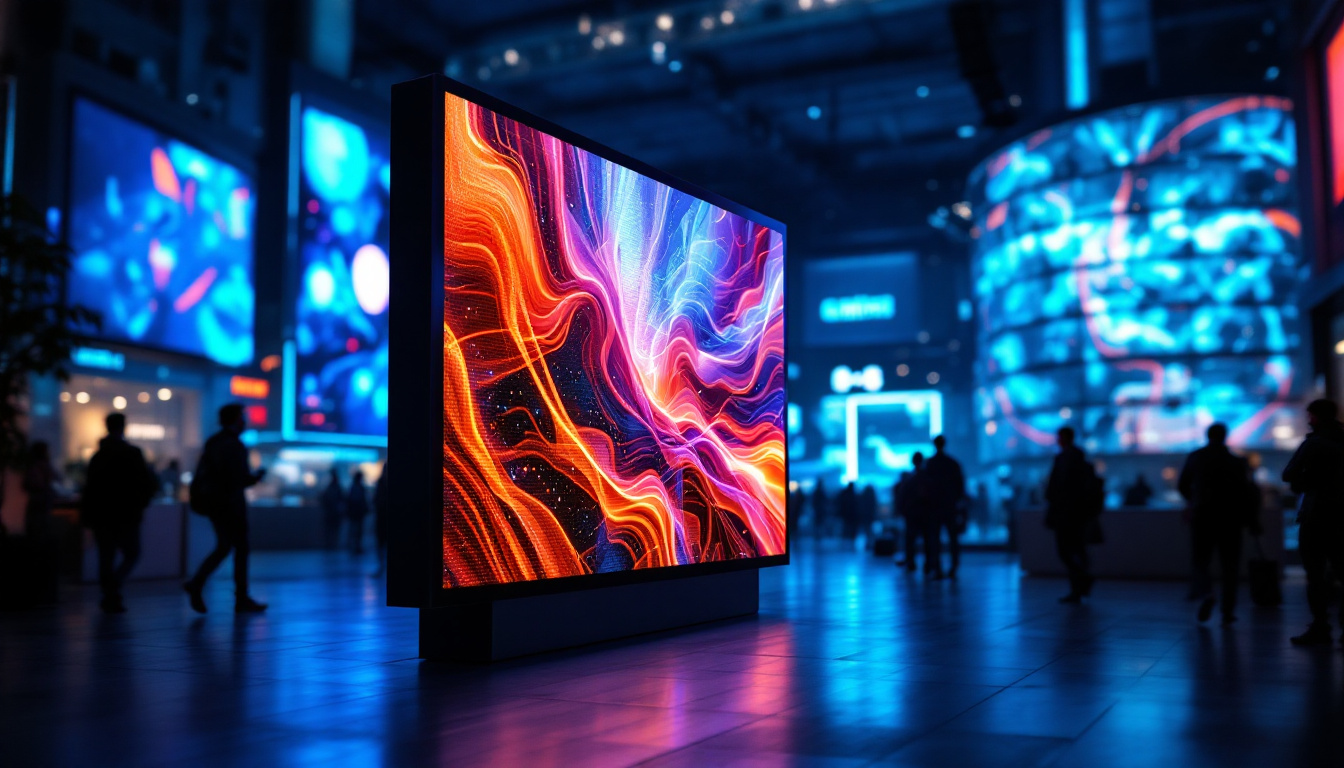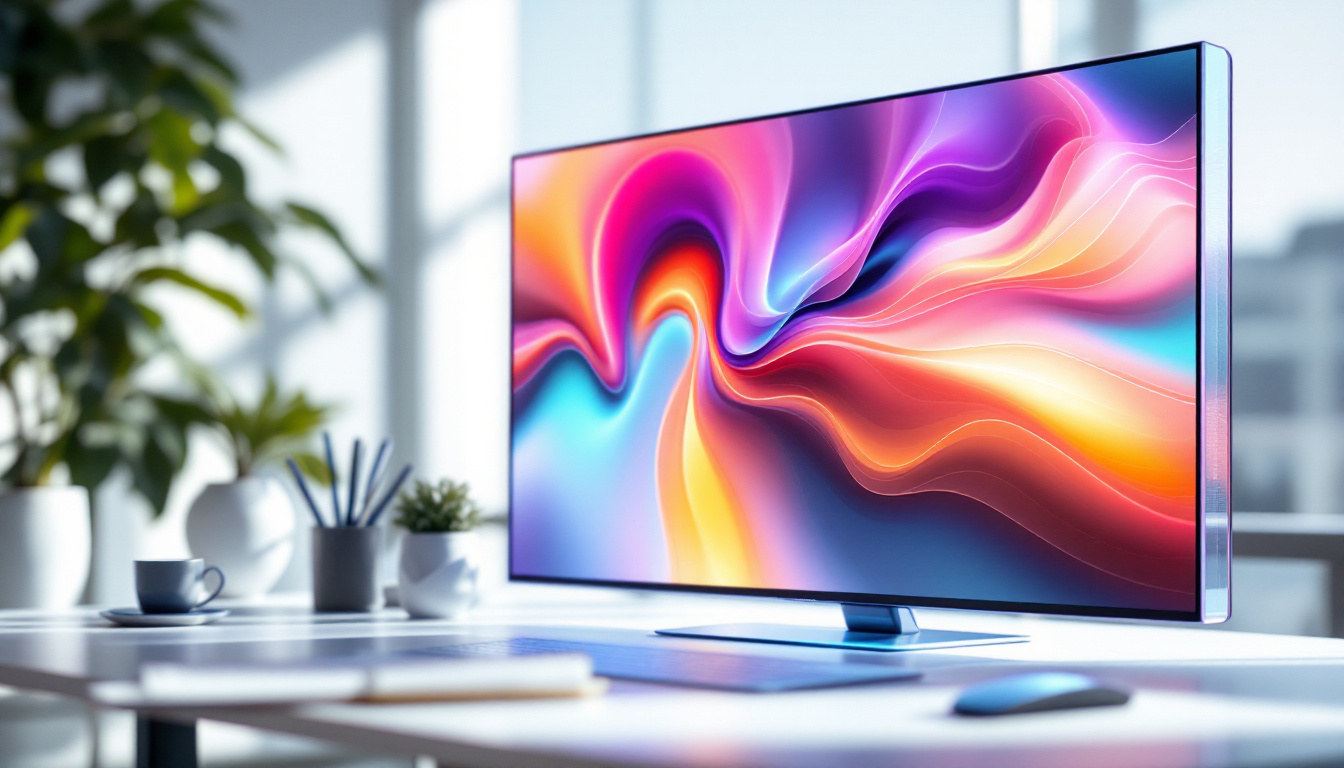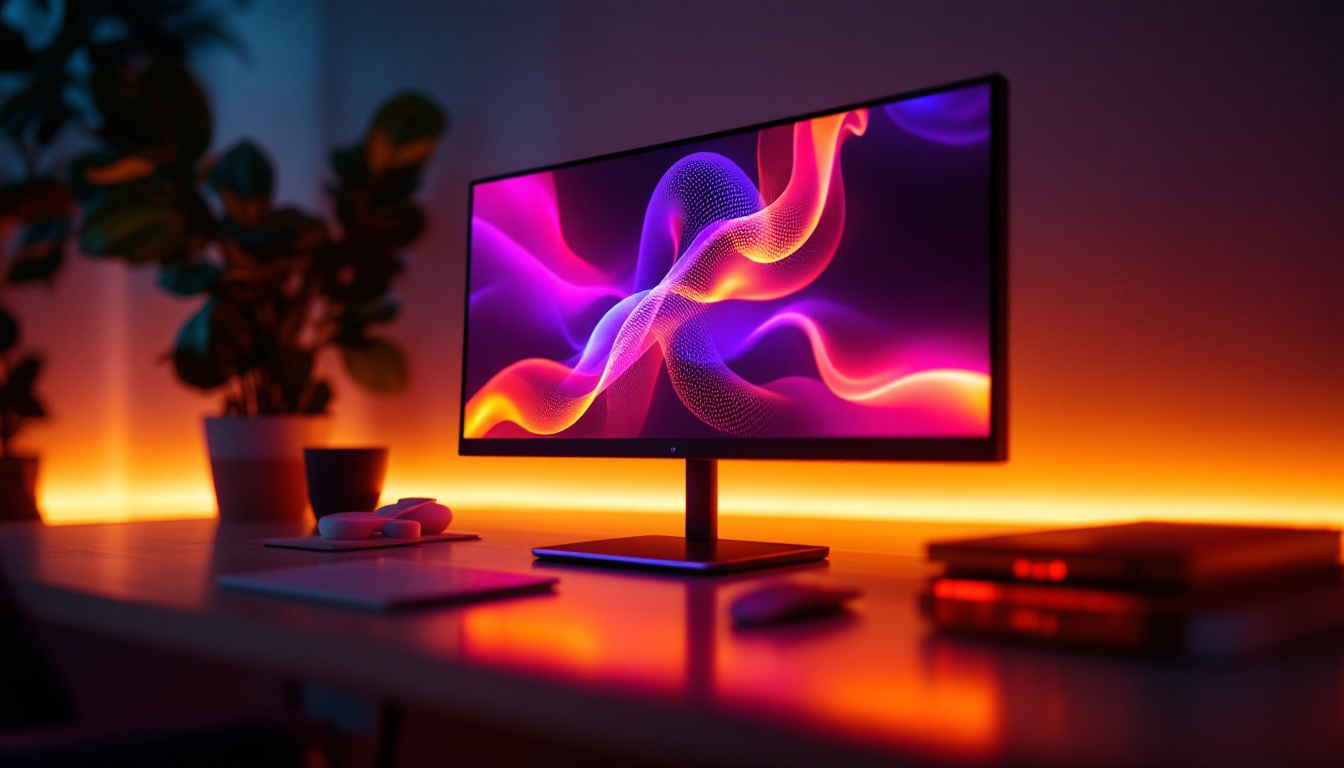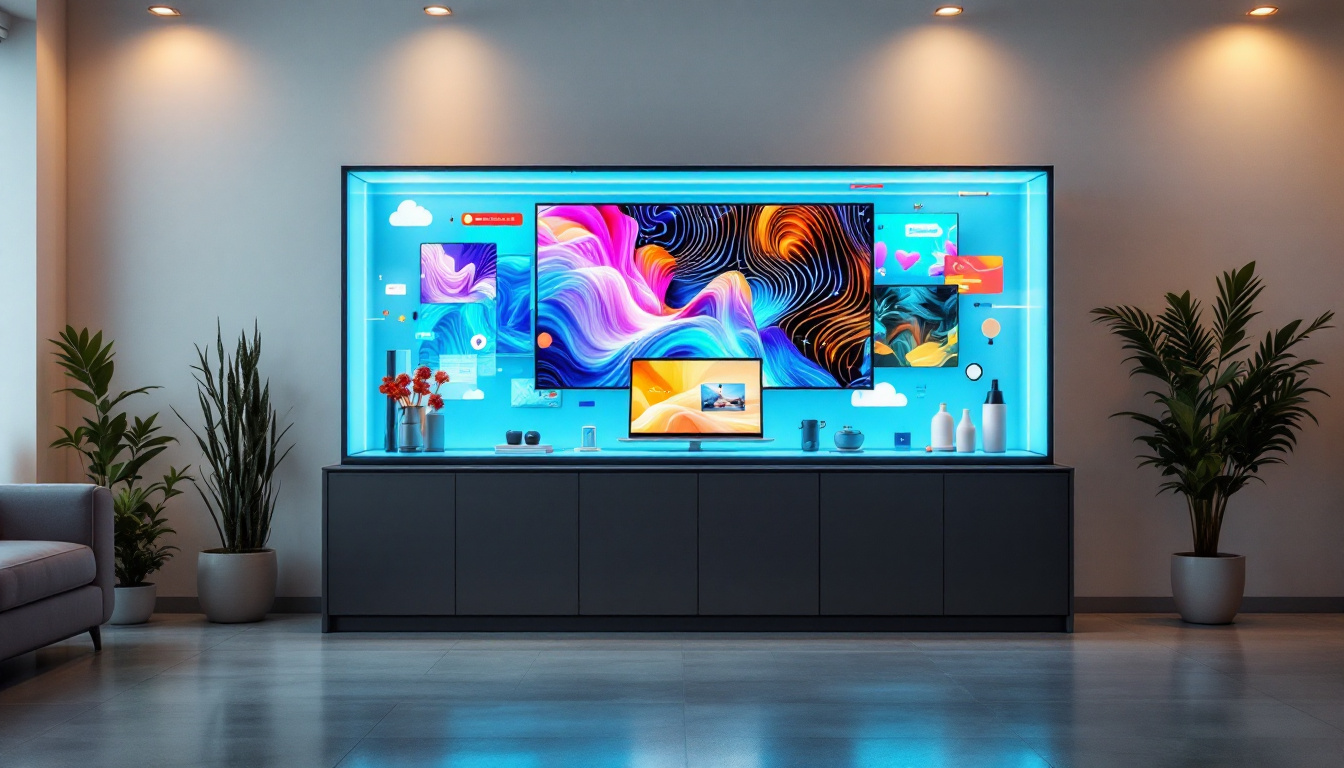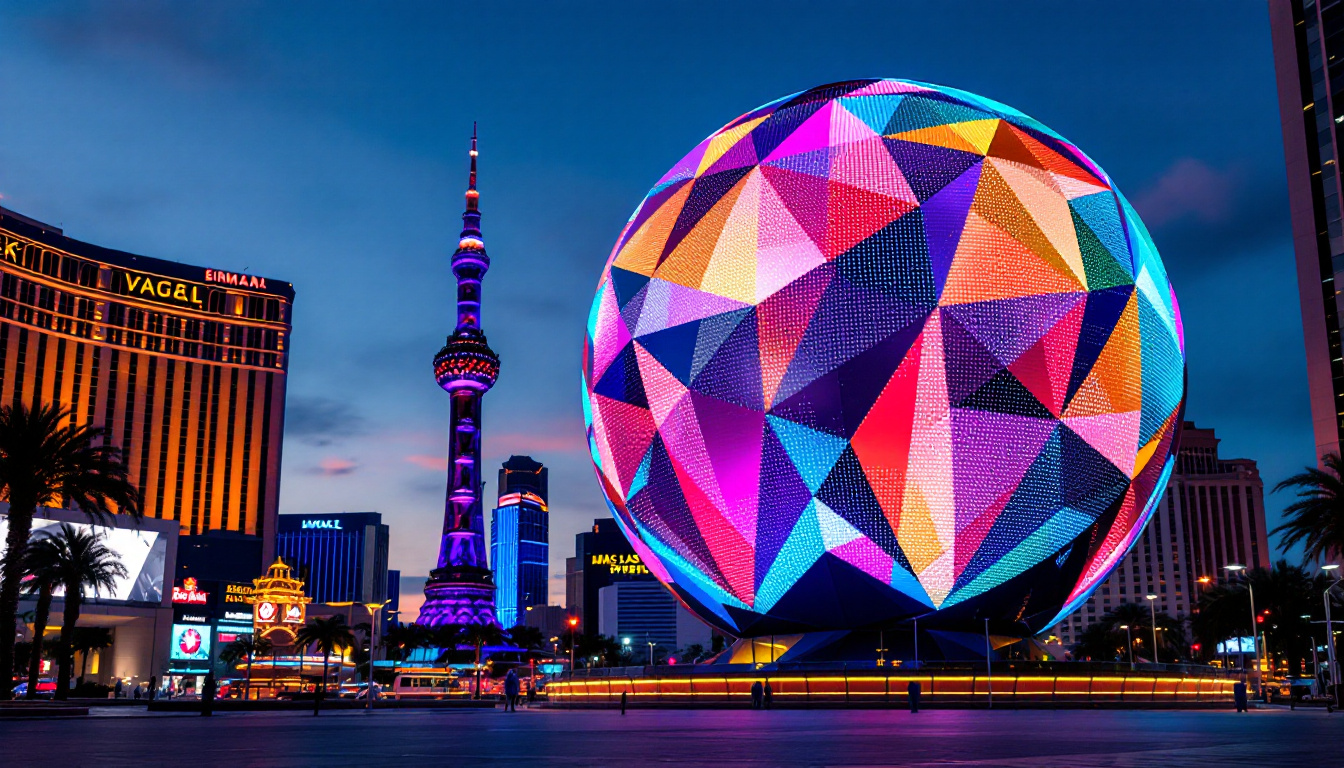In the realm of visual technology, 4K video quality has emerged as a significant milestone, offering viewers an unprecedented level of detail and clarity. With the advent of LED displays, the experience of watching 4K content has become even more immersive. This article delves into the intricacies of 4K video quality and how LED technology enhances this experience.
Understanding 4K Video Quality
4K video, also known as Ultra High Definition (UHD), boasts a resolution of 3840 x 2160 pixels, which is four times the resolution of Full HD (1920 x 1080 pixels). This increased pixel density results in sharper images, finer details, and a more lifelike representation of scenes. The term “4K” originates from the horizontal pixel count, which is approximately 4,000 pixels. This leap in resolution not only enhances visual clarity but also enriches the viewing experience by allowing for more nuanced color gradations and improved contrast, making it a favorite among filmmakers and content creators.
The Benefits of 4K Resolution
One of the most significant advantages of 4K resolution is the enhanced detail it provides. When viewing content on a large screen, the difference between 1080p and 4K becomes apparent, with 4K delivering a more immersive experience. This is particularly noticeable in nature documentaries, action films, and video games, where intricate details can be appreciated. The ability to see individual blades of grass or the subtle textures of a character’s clothing adds depth to storytelling and visual artistry, making it easier for viewers to connect with the content on an emotional level.
Moreover, 4K video quality allows for larger screen sizes without compromising image quality. As televisions and monitors continue to grow in size, the need for higher resolutions becomes essential. With 4K, viewers can sit closer to the screen without experiencing pixelation, making it ideal for home theaters and gaming setups. This capability not only enhances the visual experience but also encourages the development of larger, more immersive displays, such as curved screens and multi-panel setups, which can transform a living room into a cinematic experience.
Content Availability and Streaming
As 4K technology has gained popularity, so too has the availability of 4K content. Major streaming platforms, such as Netflix, Amazon Prime Video, and Disney+, now offer a wide range of movies and series in 4K resolution. Additionally, many new video games are being developed with 4K support, allowing gamers to experience their favorite titles in stunning detail. This surge in content availability is complemented by the rise of 4K Blu-ray discs, which provide a physical medium for those who prefer the highest quality without relying on internet bandwidth.
However, streaming 4K content requires a stable and high-speed internet connection. Typically, a minimum speed of 25 Mbps is recommended to ensure smooth playback without buffering. As internet infrastructure continues to improve globally, access to 4K content is becoming increasingly feasible for a broader audience. Furthermore, advancements in compression technologies, such as HEVC (High Efficiency Video Coding), are making it easier to stream high-quality video without overwhelming bandwidth, paving the way for even more widespread adoption of 4K streaming in households around the world. As consumers embrace this technology, the entertainment landscape is evolving, with 4K becoming the new standard for quality viewing experiences.
LED Display Technology
LED (Light Emitting Diode) displays have revolutionized the way we experience visual media. Unlike traditional LCDs that use fluorescent backlighting, LED displays utilize tiny light-emitting diodes to produce images. This technology not only enhances brightness and contrast but also improves energy efficiency.
Types of LED Displays
There are several types of LED displays, each with its unique characteristics and applications. The most common types include:
- Standard LED: These displays use LEDs as a backlight for an LCD panel. They offer improved brightness and color accuracy compared to traditional LCDs.
- OLED (Organic LED): OLED displays feature self-emissive pixels, allowing for deeper blacks and a wider color gamut. This technology is often found in high-end televisions and monitors.
- QLED (Quantum Dot LED): QLED technology utilizes quantum dots to enhance color and brightness. This type of display is known for its vibrant colors and high peak brightness.
Advantages of LED Displays for 4K Content
LED displays are particularly well-suited for showcasing 4K content due to their ability to produce bright, vivid images with high contrast ratios. The enhanced color accuracy and brightness levels allow viewers to appreciate the finer details in 4K video, making the viewing experience more enjoyable.
Additionally, LED technology is more energy-efficient than traditional display methods, reducing power consumption while delivering exceptional performance. This efficiency is especially beneficial for large installations, such as digital signage and commercial displays, where energy costs can be significant.
The Synergy of 4K and LED Technology
The combination of 4K resolution and LED display technology creates a powerful synergy that elevates the viewing experience. With the ability to produce stunningly detailed images, LED displays make the most of the high pixel density offered by 4K content.
Enhanced Viewing Experience
When watching 4K content on an LED display, viewers can expect an enhanced experience characterized by vibrant colors, deep contrasts, and sharp details. This is particularly important in genres such as action and adventure, where fast-paced scenes benefit from the clarity that 4K resolution provides.
Moreover, LED displays often come equipped with advanced features such as HDR (High Dynamic Range) support, which further enhances the visual experience. HDR technology expands the range of colors and brightness levels, allowing for a more realistic representation of images. When combined with 4K resolution, HDR can make scenes appear more lifelike than ever before.
Gaming and 4K LED Displays
The gaming industry has seen a significant shift towards 4K and LED technology in recent years. Gamers are increasingly seeking out monitors and televisions that can deliver high refresh rates and low input lag, alongside stunning visuals. LED displays are particularly advantageous for gaming due to their fast response times and ability to handle high frame rates.
Furthermore, many gaming consoles and PCs now support 4K output, allowing players to experience their favorite games in breathtaking detail. The combination of 4K resolution and LED technology creates an immersive gaming environment that enhances the overall experience.
Considerations When Choosing a 4K LED Display
While the benefits of 4K LED displays are clear, several factors should be considered when selecting the right model. Understanding these aspects can help consumers make informed decisions that best suit their needs.
Screen Size and Viewing Distance
When choosing a 4K LED display, screen size and viewing distance are crucial considerations. Larger screens are generally more immersive, but the optimal size depends on the viewing distance. A common recommendation is to sit at a distance of 1 to 1.5 times the diagonal screen size for the best experience.
For instance, a 65-inch screen is best viewed from approximately 6 to 10 feet away. This distance allows viewers to appreciate the finer details of 4K resolution without straining their eyes. Understanding the layout of the viewing area can help determine the appropriate screen size for optimal enjoyment.
Refresh Rate and Response Time
The refresh rate and response time of a display are critical for achieving smooth motion, especially in fast-paced content such as sports and action movies. A higher refresh rate (measured in Hertz) results in smoother motion, while a lower response time reduces motion blur.
For gaming, a refresh rate of 120Hz or higher is often recommended to ensure a fluid experience. Many modern 4K LED displays cater to this demand, providing gamers with the performance they need to stay competitive.
Future of 4K Video and LED Technology
The future of 4K video quality and LED technology looks promising, with continuous advancements on the horizon. As manufacturers innovate and improve their products, consumers can expect even better performance and features in the coming years.
Emerging Technologies
One of the most exciting developments in display technology is the potential for MicroLED displays. This technology offers the benefits of OLED, such as self-emissive pixels, while eliminating issues like burn-in and providing higher brightness levels. As MicroLED technology matures, it may redefine the standards for 4K displays.
Additionally, advancements in AI and machine learning are being integrated into display technology, enhancing image processing capabilities. These innovations can improve upscaling for non-4K content, making it look better on 4K displays.
Broader Adoption of 8K Technology
While 4K is currently the standard, the emergence of 8K technology is already on the horizon. With a resolution of 7680 x 4320 pixels, 8K offers even more detail and clarity. As content creation in 8K becomes more prevalent, the demand for compatible displays will grow, pushing the boundaries of visual technology even further.
Conclusion
4K video quality, when paired with LED display technology, offers a remarkable viewing experience that is hard to match. The combination of high resolution, vibrant colors, and advanced features such as HDR creates an immersive environment for both casual viewers and dedicated gamers alike.
As technology continues to evolve, consumers can look forward to even more advancements that will enhance their viewing experiences. Whether it’s through improved display technologies or the availability of high-quality 4K content, the future of visual media is bright.
In an age where visual clarity and detail are paramount, understanding the nuances of 4K video quality and LED displays is essential for anyone looking to elevate their viewing experience. With the right knowledge and equipment, viewers can truly appreciate the beauty of high-definition content.
Discover the Future of Visual Experience with LumenMatrix
Ready to take your viewing experience to the next level? LumenMatrix is at the forefront of LED display innovation, offering a wide array of solutions that bring your 4K content to life. From captivating Indoor LED Wall Displays to dynamic Outdoor LED Wall Displays, and from versatile Vehicle LED Displays to sleek LED Poster Displays, our technology is designed to revolutionize visual communication. Embrace the future with our LED Sports Displays, interactive Floor LED Displays, and the stunning clarity of our Custom and All-in-One LED Display options, including the cutting-edge LED Transparent Display. Elevate your brand visibility and engage your audience like never before. Check out LumenMatrix LED Display Solutions today and witness the power of advanced LED technology in creating immersive visual experiences.

